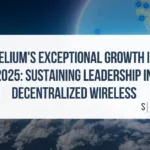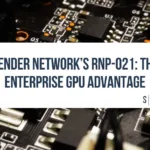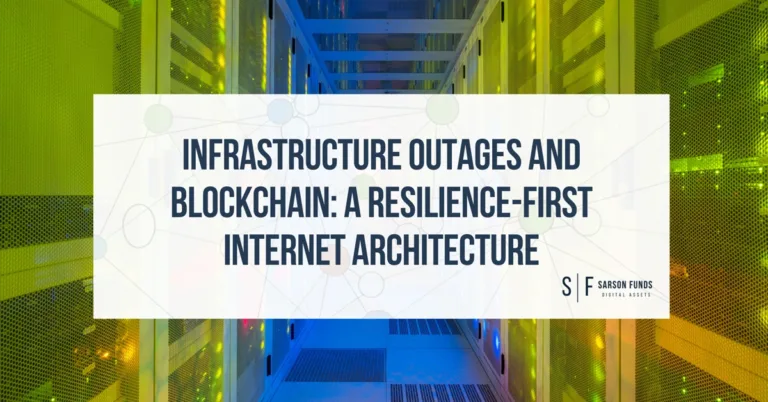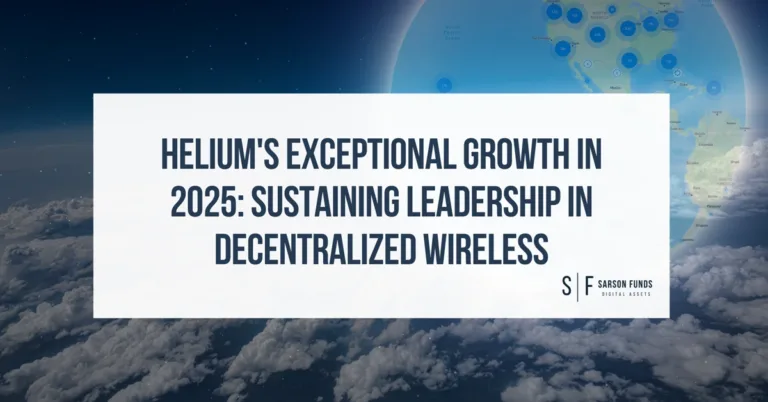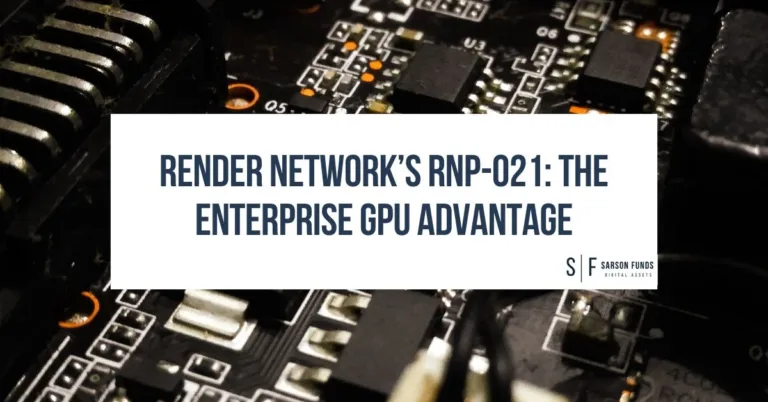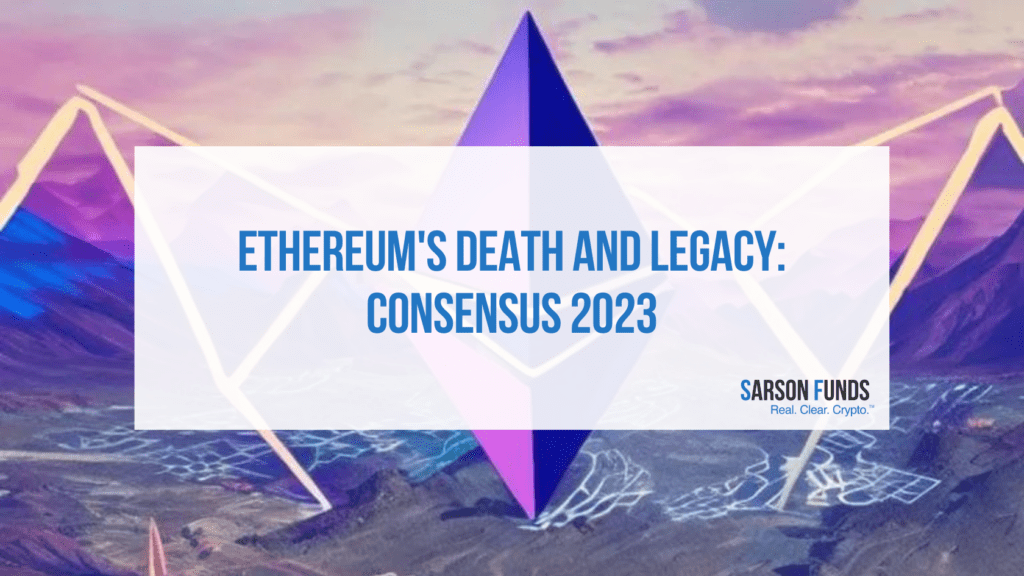
After attending last week’s blockchain conference “Consensus” in Austin, Texas, one of the key elements that struck me was the lack of Ethereum’s presence at what used to be Ethereum’s party.
Ethereum as the core building block
Ethereum permeates the blockchain industry the way farmland defines America. At one time, all of America was farmland, and it is still an important feature of the American economy. Farmland underpins America’s resilience and economic independence; however, it is the innovation happening on the coasts that has powered America’s economy for the last 40 years.
The same is true for Ethereum and the blockchain industry. The innovative coasts for blockchain can be found in other layer 1 protocols (such as Solana and Casper) that are following in Ethereum’s footsteps but offering improvements over the expensive and sometimes too slow “main net” of Ethereum.
Other innovative companies present at the conference could be classified as multi-chain wallets or scaling solutions (such as Fordefi and Polygon), each built on top of or alongside Ethereum, but with promises of building to new heights.
Ethereum did not have a booth at Consensus, nor were there representatives there from “The Ethereum Company”. Probably, that is the case because the Ethereum Company does not exist. I saw plenty of exciting projects in Austin, including ones that everyone is certain will change the world (like Helium) or at least change Twitter (such as Hundrx). But no one was there lobbying for good old Ethereum, and for me, that was kind of weird.
We went to Ethereum’s party and saw companies building alongside or on top of Ethereum, but they were not there themselves. It would be like having a SALT conference without Skybridge or the Milken Institute without Guggenheim. It felt, in some ways, like a family gathering after the death of a patriarchal or matriarchal grandparent. The whole family can still feel the presence of the deceased, and there is no doubt that everything that exists in your family came through them and was built on their hard work, but now family members and new blockchains are shaping the future.
Decentralized Infrastructure boggles SEC
Sure, if you go looking, you can find some of Ethereum’s core developers, and you can say, “Ah-ha, there it is, that’s the company!” And presumably, this is the stance that SEC Chairman Gary Gensler is taking when suggesting that Ethereum may be a security. But the reality is that Ethereum is not a company. Ethereum is a platform and a protocol that is owned in fractions by all of its users. And that is the point. Maybe it has always been the point.
Ethereum, after all, was founded with the goal of creating a decentralized internet, and while it’s not replacing the worldwide web any time soon, it has succeeded in becoming decentralized. This puts the SEC in a hard place since its regulations require compliance by companies and forms to be completed by corporate officers. The DAO (Distributed Autonomous Organization) structure, which Ethereum employs, is a new category of enterprise. It is neither a commodity nor a security, instead having some features of each. As much as the SEC may fight against the creation of a new class of entity that is outside its jurisdiction, we agree with the House GOP in their suggestion for a revamping of America’s securities and commodities law apparatus to account for these new types of entities.
As much as the SEC might like to increase its power under the guise of investor protection, Distributed Autonomous Organizations were designed to do a better job at protecting investors than any agency could have ever hoped.
Transparency, fairness, and democracy are the hallmarks of these new business structures, with standards for each quite literally codified in their structures. It is time that the SEC understands that American needs a new security regulatory framework, one that can accommodate the technology innovation of blockchain.
Disclosures: Not investment advice. It should be assumed that Sarson Funds or its affiliated managers hold positions in all projects that are discussed. It is not possible to invest in any project directly through Sarson Funds, Inc. or its affiliated managers. Any investment product offered by managers affiliated with Sarson Funds should be assumed to be only available to Accredited Investors and subject to the individual terms and conditions of that offering including but not limited to those eligibility requirements associated with U.S. Securities Regulation D, section 506c. Talk with your financial advisor before making any investment decisions or have them contact Sarson Funds directly at [email protected].




